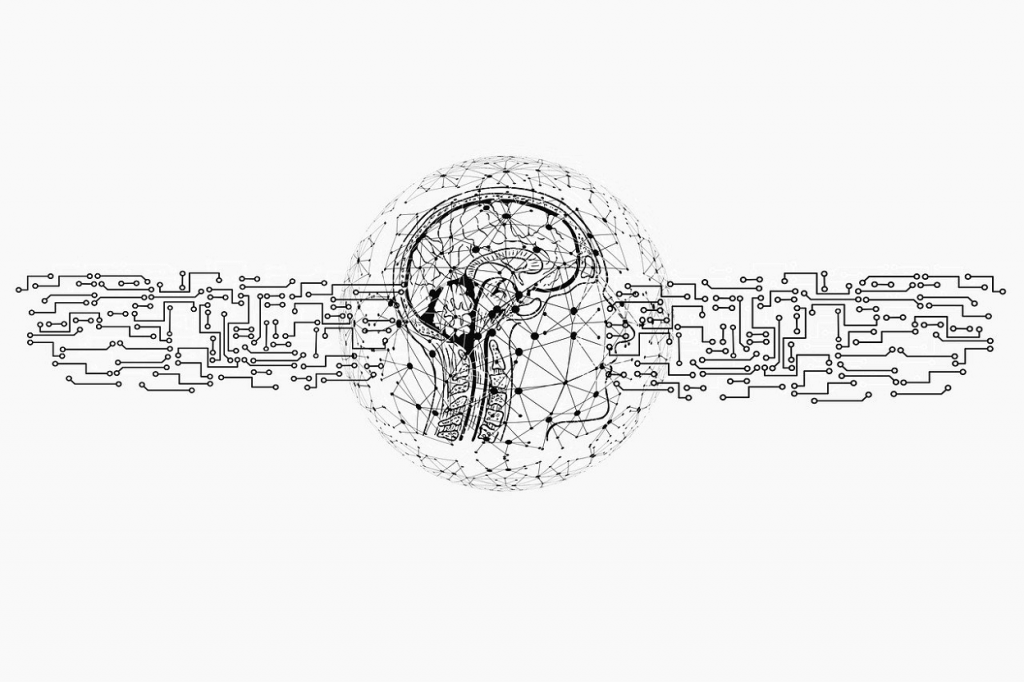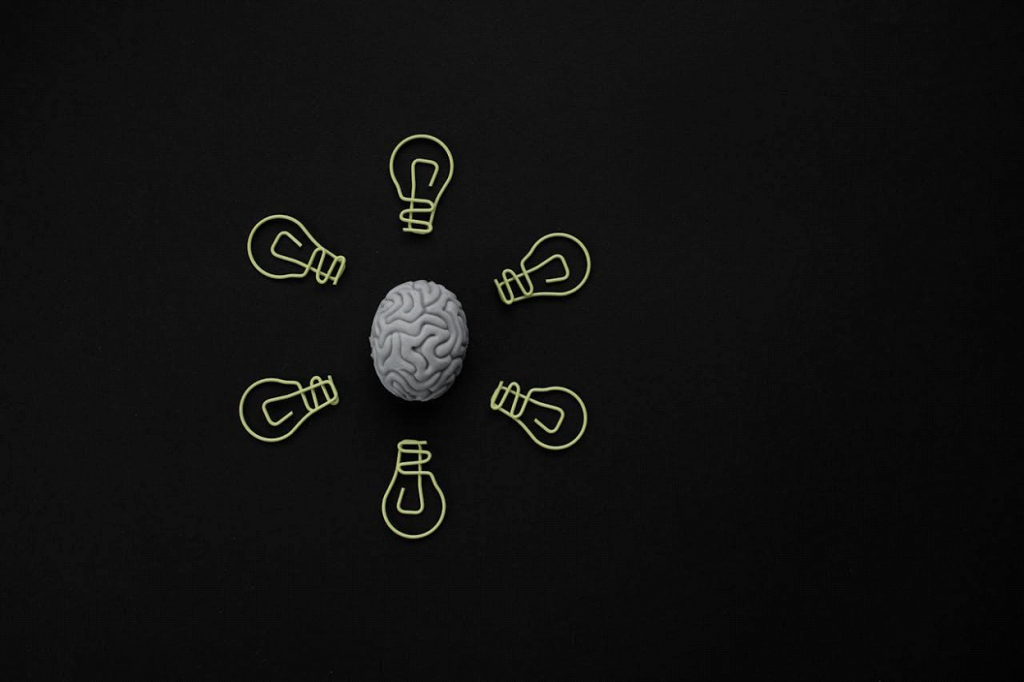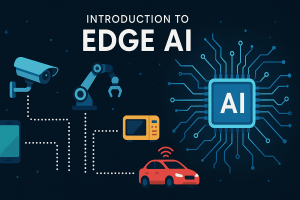In a world where artificial intelligence (AI) is transforming industries and redefining human-computer interaction, multimodal AI emerges as a game-changer. By integrating diverse data types—such as text, images, audio, and video—this technology enables systems to interpret information in a more human-like and intuitive way. Leveraging the strengths of multiple modalities, multimodal AI delivers deeper insights and greater accuracy, unlocking powerful applications across various domains.

The impact of multimodal AI is far-reaching. As industries seek more intuitive and responsive solutions, the ability to process and analyze diverse data sources simultaneously is becoming essential. From healthcare diagnostics that combine patient records with medical imaging to autonomous vehicles synthesizing sensor inputs for safer navigation, the possibilities are as diverse as they are groundbreaking.
In this article, we’ll explore the inner workings of multimodal AI, its transformative real-world applications, and the benefits and challenges it presents. Join us as we unpack how this cutting-edge technology is reshaping our digital interactions and paving the way for a smarter, more connected future.
What is Multimodal AI?

Multimodal AI refers to artificial intelligence systems that can process and analyze multiple types of data simultaneously. Unlike traditional unimodal AI, which focuses on a single type of input—such as text or images—multimodal AI integrates various modalities, including text, images, audio, and video. This capability allows these systems to create a more comprehensive understanding of information, mimicking the way humans perceive and interpret the world around them.
For example, consider a multimodal AI system designed for content moderation on social media platforms. Such a system can analyze text in posts, detect harmful imagery, and even assess the tone of accompanying audio in videos. By synthesizing insights from these diverse data sources, the system can make more informed decisions about content appropriateness than if it relied on any single modality alone.
Core Components of Multimodal AI Systems
The architecture of multimodal AI systems typically consists of three essential components: the input module, the fusion module, and the output module.
- Input Module: This component is responsible for processing data from various modalities. Each modality is often handled by specialized neural networks tailored to its specific characteristics. For instance, convolutional neural networks (CNNs) are commonly used for image processing, while recurrent neural networks (RNNs) or transformers may be employed for text analysis.
- Fusion Module: The fusion module plays a critical role in integrating the outputs from the input modules. This integration can occur at different stages—early fusion combines raw data before processing, while late fusion merges the results after individual analyses. Advanced techniques such as attention mechanisms are often utilized to weigh the contributions of different modalities dynamically, ensuring that the most relevant information is prioritized.
- Output Module: Finally, the output module generates results based on the fused data. This could involve making predictions, generating text descriptions for images, or providing insights that draw from multiple sources of information. The output is designed to be coherent and contextually relevant, reflecting a deep understanding of the integrated inputs.
Training and Data Requirements
Training multimodal AI systems requires large and diverse datasets that encompass all relevant modalities. The complexity of integrating different types of data presents unique challenges in data collection and labeling. For instance, aligning textual descriptions with corresponding images or audio clips necessitates meticulous annotation to ensure accuracy.
Moreover, ensuring that datasets are representative and free from biases is crucial for developing fair and effective multimodal AI systems. As these models learn from their training data, any inherent biases can lead to skewed outputs or reinforce stereotypes. Therefore, ongoing efforts in dataset curation and ethical considerations are vital to advancing multimodal AI responsibly.
Understanding multimodal AI involves recognizing its ability to process diverse types of data through a structured framework comprising input, fusion, and output modules. As we explore its applications in various industries, we will see how this sophisticated approach enhances decision-making and enriches user experiences across multiple domains.
The Many Applications of Multimodal AI

Multimodal AI is making significant strides across various industries, revolutionizing processes and enhancing outcomes through its ability to integrate diverse data types. Below are key applications in several sectors:
- Healthcare
In healthcare, multimodal AI enhances diagnostics and treatment methodologies by synthesizing information from multiple sources, such as medical imaging, patient histories, and real-time health monitoring. This integration leads to improved diagnostic accuracy and personalized treatment plans.
- Autonomous Vehicles
The automotive industry leverages multimodal AI to enhance navigation and safety in autonomous vehicles. By fusing data from various sensors—such as cameras, LiDAR, and radar—these systems enable real-time decision-making, allowing vehicles to navigate complex environments effectively.
- Retail and Customer Service
In retail, multimodal AI enhances user experiences by analyzing customer interactions across online platforms and physical stores. This technology enables personalized shopping experiences and improves customer support through intelligent chatbots that understand both text and voice inputs.
- Education
In the education sector, multimodal AI is enhancing learning experiences through adaptive learning systems that assess student performance across various formats—textual assignments, video lectures, and interactive quizzes. This allows for tailored educational content that suits individual learning styles.
- Finance
In finance, multimodal AI is utilized for fraud detection and risk assessment by integrating data from transaction records, customer behavior patterns, and social media activity. This comprehensive analysis helps financial institutions identify suspicious activities more effectively.
- Manufacturing
Manufacturers are adopting multimodal AI for predictive maintenance by analyzing data from machinery sensors, operational logs, and environmental conditions. This integration helps anticipate equipment failures before they occur, minimizing downtime and reducing costs.
- Entertainment
The entertainment industry employs multimodal AI in content creation and recommendation systems. By analyzing viewer preferences across different media types—such as movies, music, and social media interactions—these systems can provide personalized content recommendations that enhance user engagement.
- Agriculture
In agriculture, multimodal AI is used for precision farming by integrating data from satellite imagery, soil sensors, and weather forecasts. This holistic approach allows farmers to optimize crop yields while minimizing resource usage.
The applications of multimodal AI span numerous industries, showcasing its versatility and transformative potential. As this technology continues to evolve, its impact will likely expand further into new areas, driving innovation and efficiency across sectors.
The 5 Advantages of Multimodal AI

Multimodal AI offers numerous advantages that enhance its effectiveness and applicability across various domains. By integrating multiple types of data, these systems provide richer insights and improved performance compared to traditional unimodal AI. Here are some key benefits:
- Improved Accuracy
One of the most significant advantages of multimodal AI is its ability to achieve greater accuracy in tasks such as speech recognition, sentiment analysis, and object detection. By leveraging complementary features from different modalities, these systems can make more informed predictions. For example, combining visual data with audio inputs can enhance the understanding of context, leading to more precise outcomes in applications like voice recognition and image classification.
- Natural Interaction
Multimodal AI facilitates more intuitive and natural interactions between humans and machines. By processing inputs from various modalities—such as speech, gestures, and facial expressions—these systems can better understand user intent and respond appropriately. This capability significantly enhances user experiences in applications like virtual assistants and chatbots, making interactions feel more human-like and engaging.
- Enhanced Understanding
The ability of multimodal AI to comprehend context is a unique strength that sets it apart from unimodal systems. By analyzing both textual and visual data simultaneously, multimodal models can generate responses that reflect a deeper understanding of the situation. This contextual awareness is particularly beneficial in conversation-based systems, where nuances in communication are crucial for effective interaction.
- Robustness
Multimodal AI systems are generally more robust against noise or errors present in individual modalities. By drawing information from multiple sources, these systems can compensate for inaccuracies or missing data in one modality with insights from others. This resilience makes multimodal AI particularly valuable in dynamic environments where data quality may fluctuate.
- Enhanced Capability
By utilizing information from diverse sources—text, images, audio, and video—multimodal AI expands the capabilities of AI systems significantly. This broader understanding allows for a wider range of tasks to be performed with greater accuracy. For instance, a multimodal model can analyze a video by processing spoken words, recognizing objects within the scene, and interpreting the emotional tone conveyed by speakers, thus providing a comprehensive analysis that unimodal systems cannot achieve.
The advantages of multimodal AI position it as a transformative technology across various sectors. As organizations increasingly adopt multimodal approaches, the potential for innovation and improved outcomes will continue to grow, paving the way for more sophisticated applications across industries.
The 5 Main Challenges and Limitations of Multimodal AI

While multimodal AI presents numerous advantages, it also faces several challenges and limitations that can impact its effectiveness and implementation. Understanding these obstacles is crucial for developing robust and ethical multimodal systems. Here are some of the key challenges:
- Data Alignment Issues
One of the primary challenges in multimodal AI is the alignment of data from different modalities. Each type of data—whether text, image, audio, or video—has its own unique characteristics and formats. Ensuring that these diverse inputs are properly synchronized and aligned for analysis can be complex. For instance, associating a spoken phrase with the correct visual context in a video requires precise temporal alignment, which can be difficult to achieve.
- Noise and Variability in Data
Multimodal AI systems often contend with noise and variability inherent in real-world data. Different modalities may have varying levels of quality, resolution, and reliability. For example, audio recordings may be affected by background noise, while images may suffer from poor lighting conditions. This variability can lead to inconsistencies in the data that affect the performance of multimodal models, resulting in reduced accuracy and reliability.
- Computational Complexity
Integrating multiple modalities significantly increases the computational requirements for training and deploying AI models. Multimodal systems often require more sophisticated architectures and larger datasets to function effectively, leading to longer training times and higher resource consumption. This complexity can be a barrier for organizations with limited computational resources or technical expertise.
- Ethical Considerations
The use of multimodal AI raises important ethical considerations related to privacy, bias, and transparency. Collecting and processing data from various sources can lead to privacy concerns, particularly if sensitive information is involved. Additionally, if the training data contains biases—whether related to race, gender, or other factors—these biases can be amplified in the outputs of multimodal systems. Ensuring fairness and accountability in multimodal AI applications is essential but challenging.
- Interpretability
Interpreting the decisions made by multimodal AI systems can be more complex than those made by unimodal systems. The integration of multiple data sources can obscure the reasoning behind specific outputs, making it difficult for users to understand how conclusions were reached. This lack of interpretability poses challenges in fields such as healthcare or finance, where understanding the rationale behind decisions is critical for trust and accountability.
Despite its potential, multimodal AI faces several challenges that must be addressed to fully realize its benefits. By acknowledging these limitations and working towards solutions, researchers and practitioners can enhance the effectiveness and responsible use of multimodal AI across various applications and industries.
The Future of Multimodal AI

Multimodal AI marks a major leap forward in artificial intelligence, combining text, images, audio, and video to achieve unprecedented accuracy and contextual understanding. This integration unlocks transformative possibilities across industries like healthcare, autonomous vehicles, retail, and education, empowering organizations to make smarter decisions and deliver enhanced user experiences.
Yet, realizing the full potential of multimodal AI comes with challenges. Data alignment, variability, computational demands, and ethical concerns such as fairness and transparency must be carefully navigated. Addressing these issues will be critical to developing robust and responsible systems that meet real-world needs.
As we progress into a data-rich future, the importance of multimodal AI will only grow. Its ability to interpret complex, multidimensional information opens the door to intelligent, adaptive technologies that can tackle intricate challenges. By embracing innovation while addressing ethical and technical hurdles, we can harness multimodal AI to enrich lives and drive transformative progress across countless sectors.




